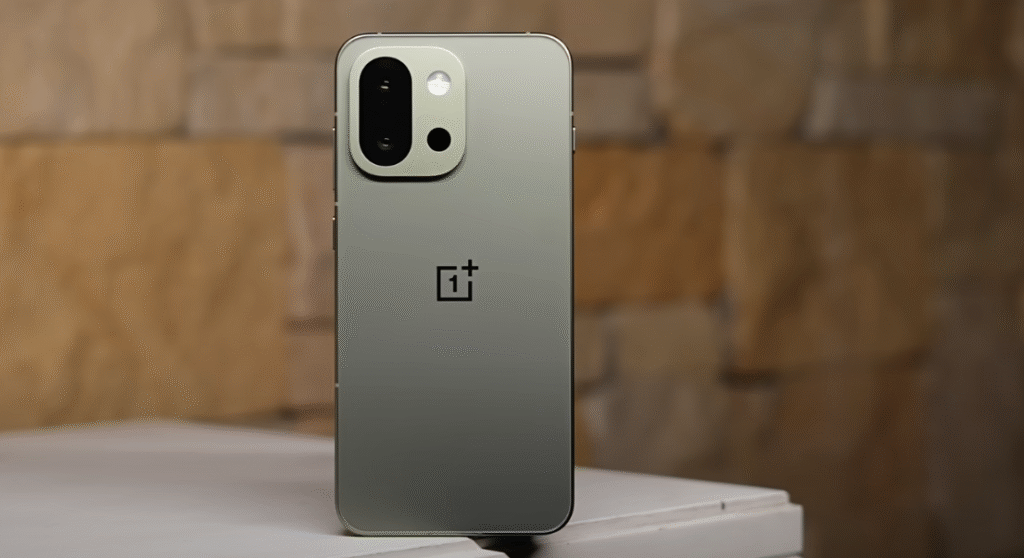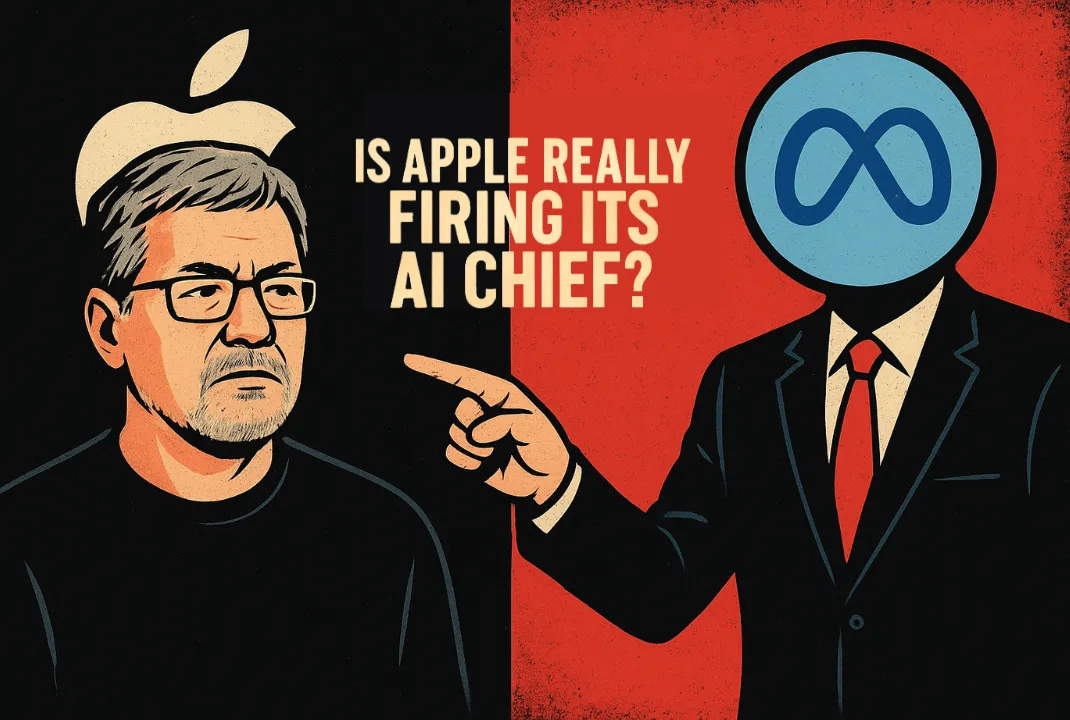Let’s be honest, when most people think about Apple, it’s the shiny hardware, buttery-smooth software, and yes, the “dynamic island” buzzwords that grab headlines. But the real magic? It’s what’s happening under the hood. And now, Apple using AI in chip design is taking a bold new turn: artificial intelligence is helping to design the very chips that power your iPhone, Mac, and maybe even the Vision Pro. Yeah, it sounds a little sci-fi. But it’s real, and it’s happening faster than most people realize
Why Apple Using AI in Chip Design Is a Game-Changer for the Industry
Here’s the thing: chip design has gotten insanely complex. We’re talking billions of transistors, wafer-thin tolerances, and timelines that leave no room for error. AI, particularly generative AI, is becoming Apple’s secret weapon to speed up development, optimize performance, and eliminate design bottlenecks.
It’s not about replacing human engineers, it’s about giving them a smarter toolbox.
What Apple’s Hardware Chief Revealed About AI in Chip Design
Apple’s SVP of Hardware Technologies, Johny Srouji, recently lifted the curtain a bit. At an industry event in Belgium, he shared how Apple is tapping into AI-driven design workflows to manage the increasingly mind-bending complexity of its silicon. Think of it as co-piloting chip design with AI.
He didn’t name all the internal tools (classic Apple secrecy), but he did mention that this isn’t just experimental, it’s already being used in real workflows.
How AI Tools Like Synopsys and Cadence Are Powering Apple’s Chip Innovation
Let’s give credit where it’s due: behind Apple’s brilliance are some of the most powerful EDA (electronic design automation) tools on the planet. Synopsys and Cadence, two giants in this space, have been integrating AI into their platforms for years. Now Apple’s leveraging those smarts to push boundaries even further.
These tools can simulate performance, test for power efficiency, and even suggest optimal circuit layouts all in a fraction of the time it would take manually.
Benefits of AI in Apple’s Chip Design Process
Okay, so what does this mean for you, the end user?
- Faster chips in your hands – Shorter R&D cycles mean speedier updates.
- Better battery life – AI can optimize power consumption right from the design phase.
- More reliable performance – Think fewer bugs, better thermal management, and smoother multitasking.
This isn’t just about shaving milliseconds off a benchmark. It’s about designing smarter from the start.
Challenges and Limitations of Apple Using AI in Chip Design
Now, before we all bow down to the AI overlords, let’s pump the brakes a bit.
The truth is, AI isn’t perfect. While it’s incredible at things like pattern recognition and crunching complex simulations, especially in areas like Apple using AI in chip design, it still very much needs human supervision. Think about it: a flawed dataset or an incorrect assumption in the model can quickly snowball into real-world performance issues. And let’s not forget the important IP and security concerns that pop up when you’re relying on third-party tools.
So, while AI is clearly a huge part of the future, it’s definitely not the whole story yet.
Apple’s AI Chip Design Compared to Competitors (NVIDIA, Google, Intel)
Apple’s move into AI-assisted chip design isn’t happening in a vacuum.
- NVIDIA is all-in on AI, even designing AI chips with AI for AI workloads.
- Google has been using AI for its TPU designs for a few years now.
- Intel? Let’s just say they’re playing catch-up.
What makes Apple stand out, though, is its end-to-end integration. From silicon to software, they control the stack and that gives them a unique edge in tuning performance exactly the way they want it.
What is Generative AI in Chip Design?
Generative AI, in this context, doesn’t write poems it generates optimized chip layouts, tests different architectures, and iterates designs far faster than any team of engineers could manually. It’s like having a thousand interns running simulations overnight minus the coffee breaks.
How Apple Using AI in Chip Design Improves Power and Performance
This is what engineers call PPA performance, power, and area. AI can spot inefficiencies invisible to the human eye, propose tighter layouts, and suggest alternative pathways that shave nanoseconds off execution time. The result? Chips that run cooler, last longer, and punch harder.
Role of Machine Learning in Apple Silicon Evolution
This isn’t Apple’s first AI rodeo. Since the A11 Bionic, Apple’s been layering machine learning directly into its chips. What’s different now is that AI is helping design those chips, not just run on them.
It’s meta. It’s powerful. And it’s only going to grow
Future Outlook: Apple’s AI-Powered M-Series and Server Chips
If you think this is just about iPhones, think bigger.
According to industry whispers (so, grain of salt here), Apple is working on server-grade chips, possibly under the codename Baltra. And AI will almost certainly play a role in their development. Expect the M4 and beyond to lean even more into AI-optimized layouts, pushing what’s possible in both performance and efficiency.
Final Thoughts: A Quiet But Massive Shift
While chip design may not consistently grab headlines, it undoubtedly should, because its profound impact on our technology and the devices we’ll all rely on tomorrow is undeniable. And now, with Apple using AI in chip design, we’re witnessing a behind-the-scenes revolution — one that’s set to change how quickly, efficiently, and smartly your tech evolves
I’ve covered tech for over a decade, and this shift? It feels like one of those rare inflection points.
What do you think? Should more companies go all-in on AI chip design or is Apple getting too cozy with the machines? Let’s talk in the comments or hit me up on socials.












Leave a Reply
You must be logged in to post a comment.